Premium Only Content
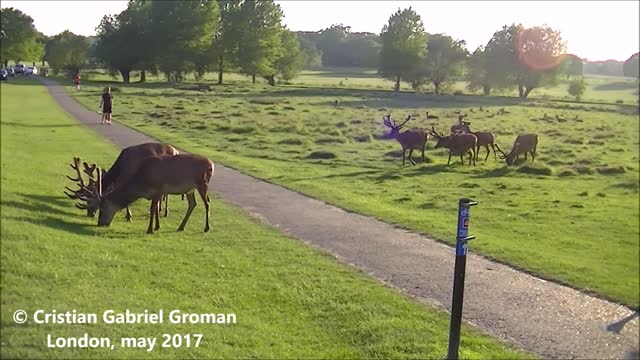
Deer crossing the road. Richmond Park, London, may 2017
Richmond Park, in the London Borough of Richmond upon Thames, was created by Charles I in the 17th century (1637) as a deer park. In 1625 Charles I brought his court to Richmond Palace to escape an outbreak of plague in London and turned the area on the hill above Richmond into a park for the hunting of red and fallow deer. It was originally referred to as the king's "New Park" to distinguish it from the existing park in Richmond, which is now known as Old Deer Park. In 1637 he appointed Jerome Weston, 2nd Earl of Portland as keeper of the new park for life, with a fee of 12 (old) pence a day, pasture for four horses, and the use of the brushwood – later holders of that office were known as "Ranger". Charles's decision, also in 1637, to enclose the land was not popular with the local residents, but he did allow pedestrians the right of way. To this day the walls remain, although they have been partially rebuilt and reinforced. Following Charles I's execution, custodianship of the park passed to the Corporation of the City of London. It was returned to the restored monarch, Charles II, on his return to London in 1660. The largest of London's Royal Parks, it is of national and international importance for wildlife conservation. The park is a national nature reserve, a Site of Special Scientific Interest and a Special Area of Conservation and is included, at Grade I, on Historic England's Register of Historic Parks and Gardens of special historic interest in England. Its landscapes have inspired many famous artists and it has been a location for several films and TV series.The park is a national nature reserve.
Richmond Park includes many buildings of architectural or historic interest. The Grade I-listed White Lodge was formerly a royal residence and is now home to the Royal Ballet School. The park's boundary walls and ten other buildings are listed at Grade II, including Pembroke Lodge, the home of 19th-century British Prime Minister Lord John Russell and his grandson, the philosopher Bertrand Russell.
Historically the preserve of the monarch, the park is now open for all to use and includes a golf course and other facilities for sport and recreation. It played an important role in both world wars and in the 1948 and 2012 Olympics.
-
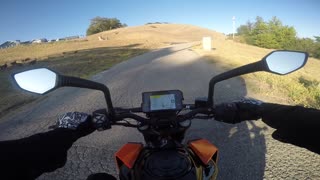 4:42
4:42
ViralHog
4 years agoClose Call with Deer Crossing the Road
748 -
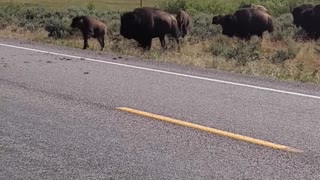 0:32
0:32
ViralHog
4 years ago $0.83 earnedBison Crossing Road in Grand Teton National Park
4.75K2 -
 1:39
1:39
ViralHog
5 years ago $0.02 earnedMotorcyclist Nearly Clips Deer Crossing Road
2271 -
 1:01
1:01
wildadventure
4 years agoleapord crossing the road
54 -
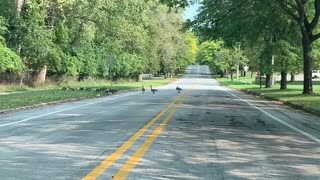 0:08
0:08
The Nick Monroe Show
4 years agoGeese crossing the road
11 -
 0:04
0:04
Sundasqayyum
5 years agoHyde park London
63 -
 4:41
4:41
Adventures with C3
4 years agoRichmond, MO - Maurice Roberts Park | Park Adventures Series
4 -
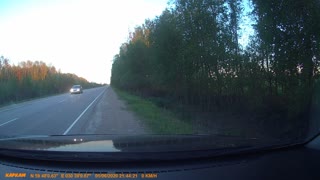 0:28
0:28
ViralHog
5 years agoMoose Crossing a Road Gets Hit
165 -
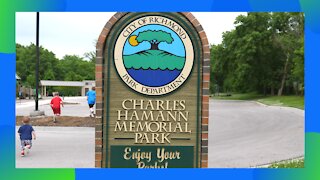 3:50
3:50
Adventures with C3
4 years agoRichmond, MO - Charles Hamann Memorial Park | Park Adventures Series
8 -
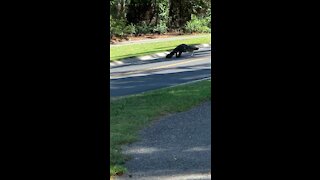 1:08
1:08
Notalick
4 years agoGator crossing
78